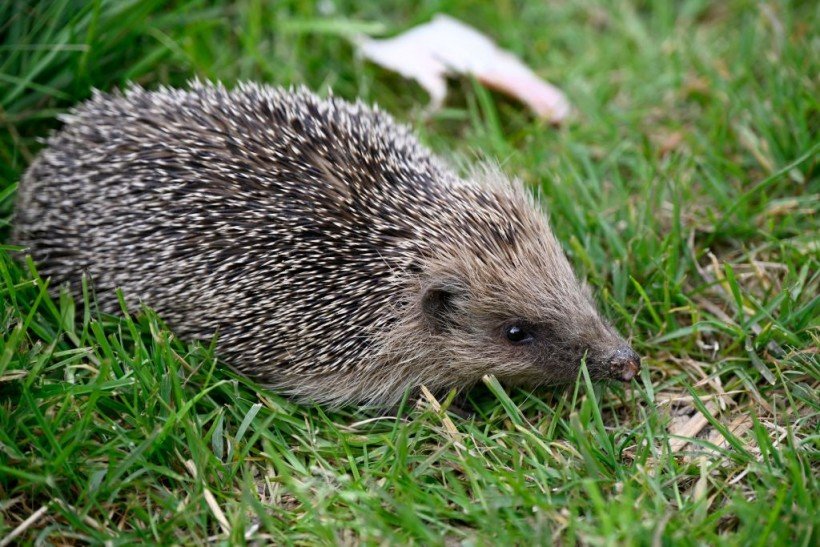The robot monitors have been tested at three different places and have recorded noises and photos that computers have used to map the positions of various species and identify them.

In order to identify animals and birds and track their movements in the wild, researchers have constructed arrays of AI-controlled cameras and microphones. This technology, according to the researchers, should assist address the rising biodiversity crisis of UK.
The robot monitors have been tested at three different places and have recorded noises and photos that computers have used to map the positions of various species and identify them.
Numerous bird species were recognized based on their songs, and AI analysis was used to locate and identify foxes, deer, hedgehogs, and bats. There are no human observers present.
The size of the operation is significant, according to Anthony Dancer, a conservationist with the Zoological Society of London (ZSL). “From these test areas, we have collected tens of thousands of data files and thousands of hours of audio, and we have recognized a wide variety of creatures from them. Using human observers at that size would not have been possible. It was only made feasible by AI.”
The project’s test locations were selected on land next to train lines in London’s Barnes, Twickenham, and Lewisham. The sections are gated off to prevent people from wandering onto the tracks and are only sometimes visited by rail maintenance personnel. They are owned by Network Rail, which was instrumental in the project’s conception.
Therefore, it was simple to access relatively untamed territory, which was crucial for commencing our project, according to Dancer.
And now that we have shown the technology to deliver on its promise, we may move on to other domains.
More than 52,000 hectares of land are owned by Network Rail, and many of these parcels are important for preserving the biodiversity of UK.
Consider species like the blackbird, the great tit, and the Eurasian blackcap, said Neil Strong, manager of Network Rail’s biodiversity plan. All three species were identified by AI from the acoustic signals gathered by our sensors at our three test sites.
“All three species demand healthy surroundings, including sufficient quantities of berries and nuts. That’s good and offers crucial standards for future biodiversity measurements.”
Six other kinds of bats, including the common pipistrelle, were among the other critters the AI monitors located.
Bats likely use railway bridges for roosting, and using AI monitors to obtain detailed information on their roost locations can help protect them. This is in contrast to estimating wildlife populations from dead animals left by tracks or roadsides, which can provide a better understanding of population sizes.
The project reveals that hedgehogs are restricted to certain locations on UK rail lines due to fenced-in areas. However, in Scotland, hedgehog highways are being created by cutting holes in new fencing to allow them to pass through but not larger animals.
ZSL and Network Rail plan to expand AI monitors to other areas, including Chobham in Surrey and the New Forest. They found signs of over 30 bird species, six bat species, foxes, and hedgehogs in London, but the main purpose is not to monitor wildlife.
The objective was to demonstrate how AI-driven technology, in conjunction with acoustic and video traps, may be used to efficiently survey wildlife biodiversity on Network Rail property as well as in other UK locations. It will explain how species are changing in response to climate change and how we can manage vegetation in other areas besides only next to rail lines.
The key idea is that, as the nation’s climate changes, artificial intelligence (AI) will be essential for preserving biodiversity. According to Strong, “this technology will necessitate the analysis of hundreds of thousands of images and tens of thousands of hours of recordings.” “Really, the only thing that computers can do for us is that.”